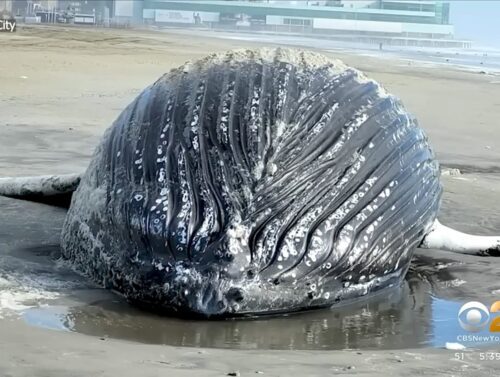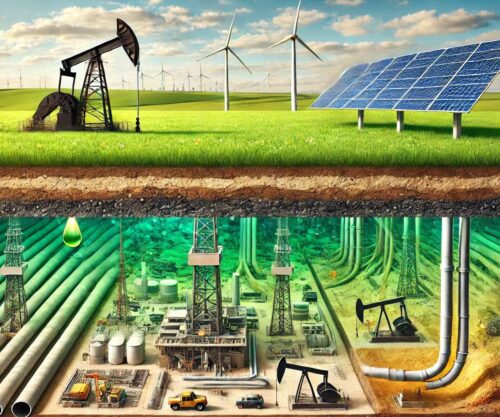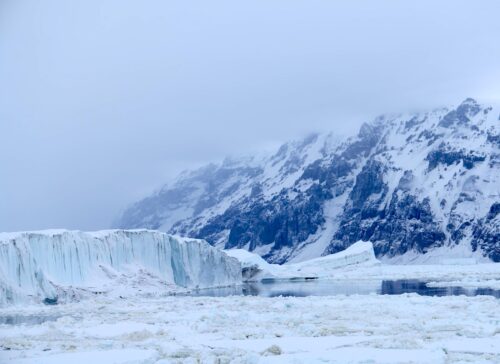
In a recent guest op-ed published by the Wall Street Journal, California Governor Newsom claimed that “Clean Energy Powers California’s Economic Growth,” a transparently false claim. [emphasis, links added]
Aggressive “clean energy” mandates, paired with perpetually escalating restrictions on conventional energy sources, are the reasons Californians pay the highest prices in America for gasoline and electricity, and nearly the highest prices of any major state for natural gas.
Along with ignoring the fact that affordable energy is fundamental to economic growth and California has the least affordable energy in America, Newsom makes grossly incorrect statements.
In the subhead of his op-ed, he writes, “More than two-thirds of the state’s electricity is from sources such as solar, wind, and geothermal.” This isn’t even close to accurate.
The California Energy Commission reports in-state electricity production by source. The most recent data is for 2023, and in that year, wind, solar, and geothermal energy accounted for a mere 31 percent of California’s total in-state electricity production.
Even when adding nuclear and hydroelectric power, California’s total “clean” energy only accounted for 54 percent of the electricity generated in the state.
Newsom goes on to write that “climate change has made our summers hotter,” and that 2024 was the warmest on record. He boasts that “rapid deployment of clean energy and battery storage” got Californians through the summer of 2024 without blackouts. This is a half-truth at best.
As reported in CalMatters, a left-leaning site that covers California politics, in 2023, to “shore up California’s straining power grid,” Newsom delayed the planned closures of three natural gas-powered generating plants that together contribute 2.2 gigawatts to California’s electricity grid.
In 2022, Newsom delayed the planned 2025 closure of California’s last major nuclear-powered generating plant, Diablo Canyon, preserving another 2.2 gigawatts of baseload electricity.
Furthermore, no fact-check of Newsom’s WSJ op-ed would be complete without questioning his claim that 2024 was “the warmest on record.” This is something we hear all the time. It is a statement meant to foment fear and discourage dissenting opinions.
But is it true? Los Angeles County, a place where an estimated 27 percent of all Californians live, has kept temperature records since 1878. If you plot the average annual temperature, you will see a trend suggesting that overall, in Los Angeles County, it is not quite three degrees Fahrenheit hotter in the 2020s than it was in the 1880s.
The trend isn’t smooth. In the 1930s, average temperatures were comparable and in some years hotter than in the 2020s. But there’s a major factor that politicians and biased activists conveniently ignore: the urban heat island (UHI) effect.
Consider this animated map showing urban development in Los Angeles County over the past century. The area of paved surfaces today is easily ten times more extensive than it was in the 1930s.
According to no less an authority than Cal EPA, the urban heat island effect can raise average temperatures by between 4 and 9 degrees Fahrenheit. By that logic, it’s cooler in Los Angeles County today than it was a century ago.
It’s pavement, not greenhouse gas, that’s caused a modest temperature rise.
Returning to Newsom’s dishonesty regarding energy, and to be fair, California’s sunny weather and lowering costs for photovoltaic arrays and stationary, utility-scale battery storage have allowed the state to develop an impressive renewable electricity capacity.
But what stabilized the grid in 2024 was 4.4 gigawatts of natural gas and nuclear-powered electricity that, were it not for Newsom’s intervention, would have already been taken offline by the environmentalist fanatics who run the state.
Even during afternoons in late summer when peak demand frequently draws over 40 gigawatts from California’s grid, 4.4 gigawatts offers a share that spells the difference between stability and crash.
Newsom’s epic mistake, one that California’s extreme environmentalist bureaucracy and state legislature would make even if the governor were as pragmatic as he claims, is to destroy California’s conventional energy industry before “renewables” can compete in an unsubsidized environment with the energy sources they seek to displace.
Electricity use still only constitutes a fraction of California’s total energy consumption. The data is unequivocal.
According to the US Energy Information Administration (EIA), Californians in 2023 derived 30 percent of their energy from natural gas and 47 percent from petroleum.
Even that total, 77 percent, understates the contribution from “combustibles” because it doesn’t take into account the quantities of coal- and natural gas-generated electricity that Californians have to import from out-of-state sources.
Californians aren’t anywhere close to ending their dependence on natural gas and oil, and despite possessing some of the richest reserves of natural gas and oil in the world, California imports 74 percent of its crude oil and over 90 percent of its natural gas. That’s probably going to get worse.
Thanks to Newsom and the state legislature’s ceaseless, unending regulatory assault on its in-state oil drilling and refining industry, the state’s petroleum infrastructure is on the brink of collapse.
Newsom has been frantically backpedaling in the face of a looming gasoline supply crisis, as two oil refineries have announced plans to shut down within the next 12 months.
The entire climate crisis agenda may be based on completely false premises.
A new peer-reviewed study released in July 2025, authored by five top climatologists for the U.S. Department of Energy, challenges the alarmist narrative.
Concerning this study, U.S. Secretary of Energy Chris Wright said: “Climate change is real, and it deserves attention. But it is not the greatest threat facing humanity. As someone who values data, I know that improving the human condition depends on expanding access to reliable, affordable energy.”
Top image via This is Gavin Newsom/YouTube screencap
Read rest at American Greatness



















A new power line from the Palo Verde (AZ) nuclear power plant to Blyth on the Colorado River was given the “Go ahead” 15/18 months ago. Has anyone seen any reports on it’s progress? I haven’t.
I do recall that about 20 years ago, a pipeline was being laid on the California side of the river. Every time anything that looked like a possible native artifact was unearthed, everything went to ‘stand by’ until the ‘find’ was assessed by local tribal members. Must admit that power line pylons disturb a lot less ground than a pipeline, hopefully reducing the risk of serious delays.
Southern California Edison has a 4% interest in the Palo Verde plant.